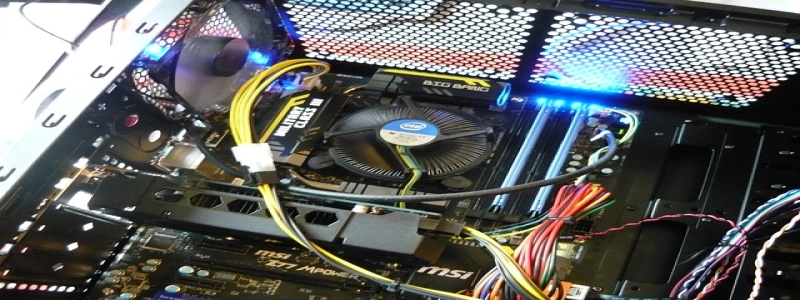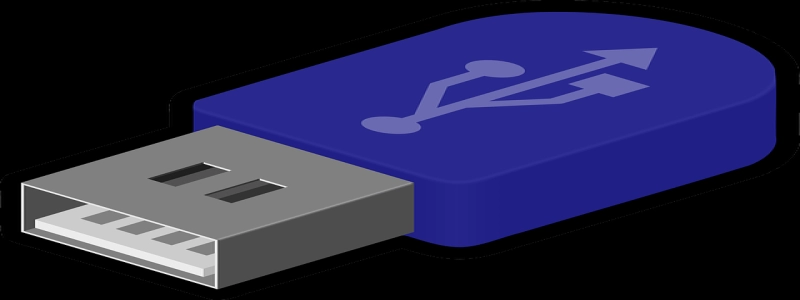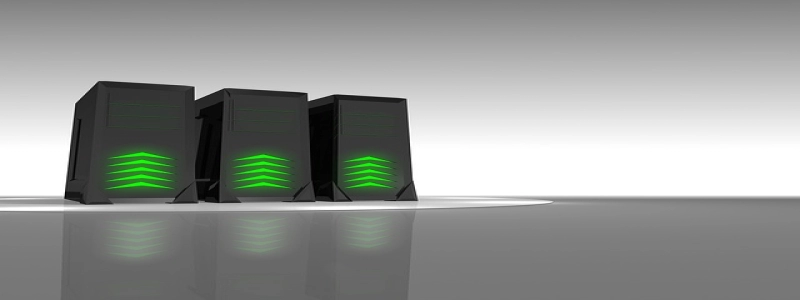Smallest Fiber Optic Cable
Introduction:
Fiber optic cables are an essential component of modern communication systems. They transmit data using light signals, offering faster and more reliable connectivity than traditional copper cables. In recent years, technological advancements have led to the development of smaller fiber optic cables. In this article, we will explore the concept of the smallest fiber optic cable and its usage.
Title 1: What is the smallest fiber optic cable?
The smallest fiber optic cable refers to cables with the tiniest physical diameter or core size. These cables are designed to fit into tight spaces or applications where larger cables cannot be used. The diameter of these cables can vary, but they are typically much thinner than standard fiber optic cables. The smaller size allows for greater flexibility in installation and enables high-density fiber optic connections in limited spaces.
Title 2: Characteristics of the smallest fiber optic cable
Despite their size, the smallest fiber optic cables possess characteristics comparable to their larger counterparts. They have a core made of glass or plastic material, which allows the transmission of light signals. The core is surrounded by a cladding layer and an outer protective jacket. Most small fiber optic cables have a single fiber, limiting their data transmission capacity. However, they are capable of transmitting data over long distances due to the low attenuation property of optical signals.
Title 3: Applications of the smallest fiber optic cable
The small size and flexibility of the smallest fiber optic cables make them suitable for various applications. Some common applications include:
1. Medical Equipment: The medical industry often requires the use of tiny fibers for endoscopy procedures or medical imaging. The small fiber optic cables enable high-resolution imaging and minimize patient discomfort.
2. Sensing: Smaller fiber optic cables find applications in sensing systems such as temperature or pressure sensors. They can be easily integrated into small devices or structures without interfering with their functionality.
3. Data Centers: With the increasing demand for high-speed data transmission, data centers require compact and high-density connections. The smallest fiber optic cables allow for efficient connectivity in these space-constrained environments.
4. Aerospace and Defense: In aerospace and defense applications, where weight and space are critical factors, the use of small fiber optic cables reduces overall system weight without sacrificing performance.
Title 4: Advantages and Challenges
The smallest fiber optic cables offer several advantages, including improved flexibility, ease of installation, and reduced space requirements. However, there are also challenges associated with their use. The small size makes them more susceptible to physical damage, and their limited fiber count restricts the amount of data that can be transmitted. Moreover, the manufacturing process for small cables requires precise control and careful handling, resulting in higher production costs.
Conclusion:
The development of the smallest fiber optic cables has opened up new possibilities in various industries, ranging from medicine to telecommunications. While they may come with certain limitations, their compact size and high-performance capabilities make them invaluable for applications where space and flexibility are of utmost importance. As technology continues to advance, we can expect further innovations in the field of fiber optic cables, providing even smaller and more powerful solutions.








